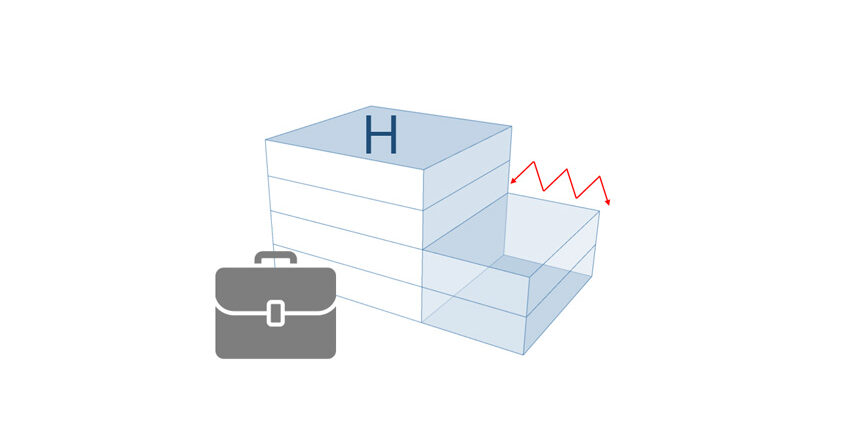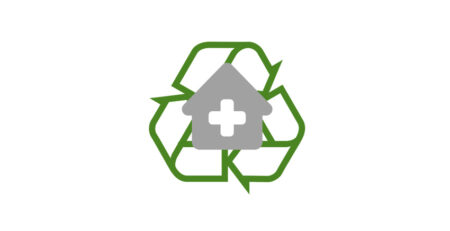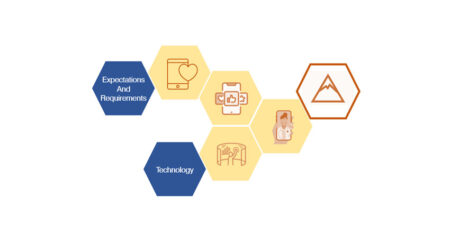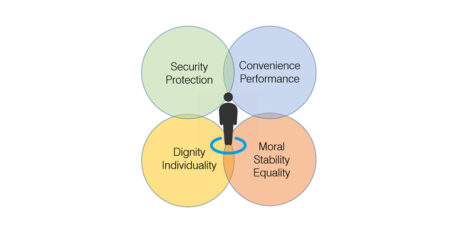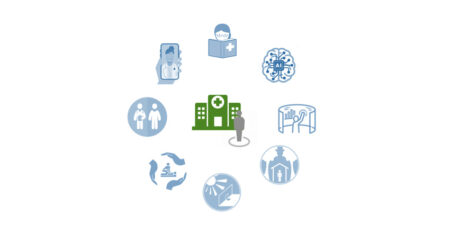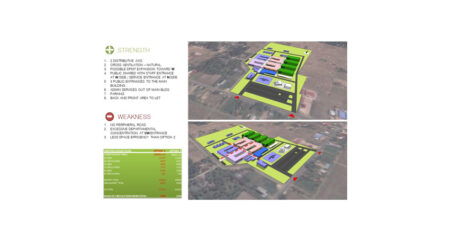The Business case process
New Hospitals, being part of a public service or a private network of healthcare providers have to be planned considering the existing healthcare services in practice to respond the community needs and the scale of the project. ‘Several macro trends could have significant implications for how hospitals of the future are staffed, sized, and designed. Demographic and economic trends, coupled with advancing technologies and the health changing values, are allowing more healthcare services to take place in outpatient settings and in the home, although some types of patients — for example, complex acute cases will still require inpatient hospital care.’ New Hospitals planning shall consider how to address these trends by planning for appropriate investments in people, processes, and premises enabled by digital technologies.
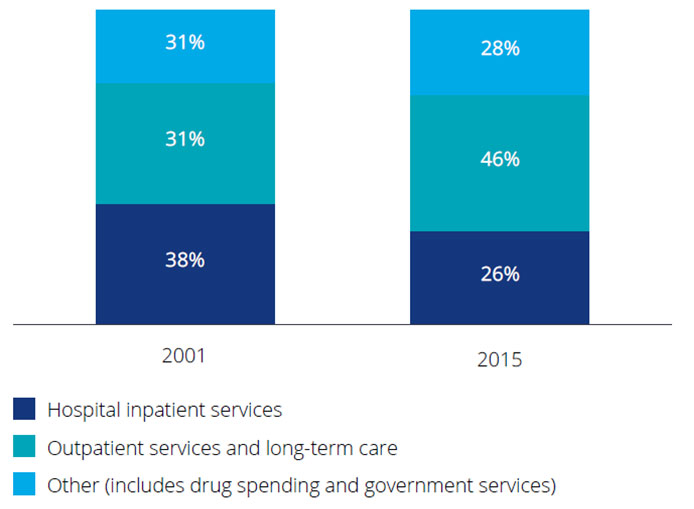
Hospitals Capital Projects
As described in EDAC (2008), the business case planning shall consider initial costs facing future costs. Applying the business case effectively, the operational costs have to be considered when allocating initial resources to a new hospital project, following EDAC (2008) ‘the primary goal is to demonstrate how facility investments can contribute to improvements in patient care quality, patient and staff satisfaction and safety, and the environment while positively enhancing the cost effectiveness. The need to balance one-time construction costs against ongoing operating savings and revenue enhancements (…) operations costs saving resulting from design innovation that could reduce infections, eliminate unnecessary patient transfers, minimize patients’ falls’.
Energy planning
New Hospitals shall ensure systematic investments in energy efficiency and sustainability projects to drive to a low carbon production. Following the concept proposed by the NHS long term plan (2019), energy efficiency has to be carefully thought through, considering the prices fluctuation and likely increase. Therefore, the business case process shall put in the equation, initial (capital) costs versus longer term energy conservation. The reduction of the carbon emissions or the desired net zero carbon emission has to be planned at this point. ‘Buildings must be designed to promote sustainable behaviours by staff, patients and visitors, and they must be adaptable to support change towards low carbon patient pathways.’ (NHS Carbon reduction).
Hospital long-range planning scenarios
As part of the business case process, hospital present and future demand scenarios shall be considered, to produce the long-range facility transformation strategy:
- Demographic changes, such as the ageing of the population in the OECD countries or the population growth in the under development countries. Formulate options scenarios to population ageing as well as hypothetic birth increases, and consequent services demand.
- The Hospital should incorporate flexibility, modularity and expandability in the face of preferred scenarios, such as expected and demographic changes.
- The increasing effect of HIT preponderance in the healthcare provision. New Hospital equipment and technology to be built into the scenarios.
- The hospital facility reaction to disaster situations, so called disaster preparedness, due to major events such as natural disasters or pandemic diseases. A special effort to control and prevent infection is a concern seen in covid-19 days. Plan in advance ways to maintain, augment, and stretch the facility settings and resources, as suggested by the US – CDC. On a scenarios level, areas for contagious containment have to be defined in the physical plan.
- Sustainability of design, reduced consumption of energy, and intensive 24-hour usage characterized by high occupancy rates.



